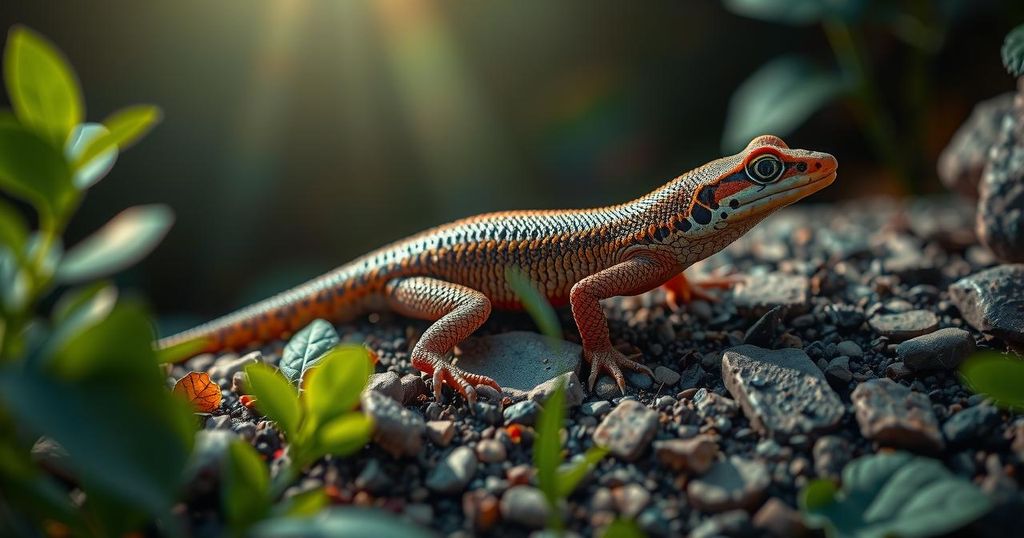A study by Mark Kirk and colleagues reveals that climate significantly influences the adult forms of Arizona tiger salamanders, promoting terrestrial metamorphosis with longer growing seasons and favoring paedomorphosis under extended cold conditions and less snow. This research demonstrates the complex interactions of climate and selective pressures affecting salamander populations.
Mark Kirk and his colleagues conducted a comprehensive study involving a 32-year mark-recapture dataset examining 717 Arizona tiger salamanders (Ambystoma mavortium nebulosum). Their findings reveal that longer growing seasons encourage terrestrial metamorphosis, while extended cold spells and lighter snow accumulation favor aquatic paedomorphosis. The study underscores the intricate variables at play concerning climate impacts on salamander life stages and emphasizes the necessity for prolonged investigations into natural populations to discern the synergistic selective pressures they face.
Climate change has significant implications for various species, influencing their life cycle traits and developmental forms. In amphibians like the Arizona tiger salamander, changes in climate can radically affect whether individuals undergo metamorphosis into adult forms or remain in a larval aquatic state known as paedomorphosis. Understanding how these environmental factors interact over time is crucial for predicting the adaptive responses of species facing ongoing climate shifts.
In summary, the research conducted by Mark Kirk and his team elucidates the complex influences of climate on the developmental outcomes of the Arizona tiger salamander. Through long-term delving into mark-recapture data, the study highlights how different climatic conditions contribute differently to the prevalence of terrestrial versus aquatic adult forms. This underscores the critical nature of continued research into the ecological impacts of climate on biodiversity.
Original Source: www.nature.com






